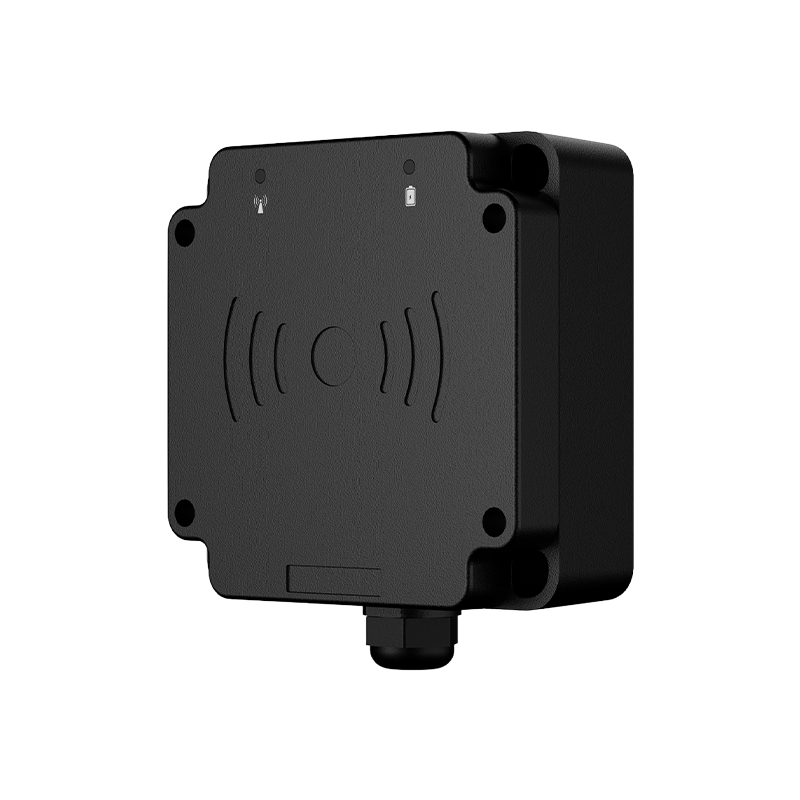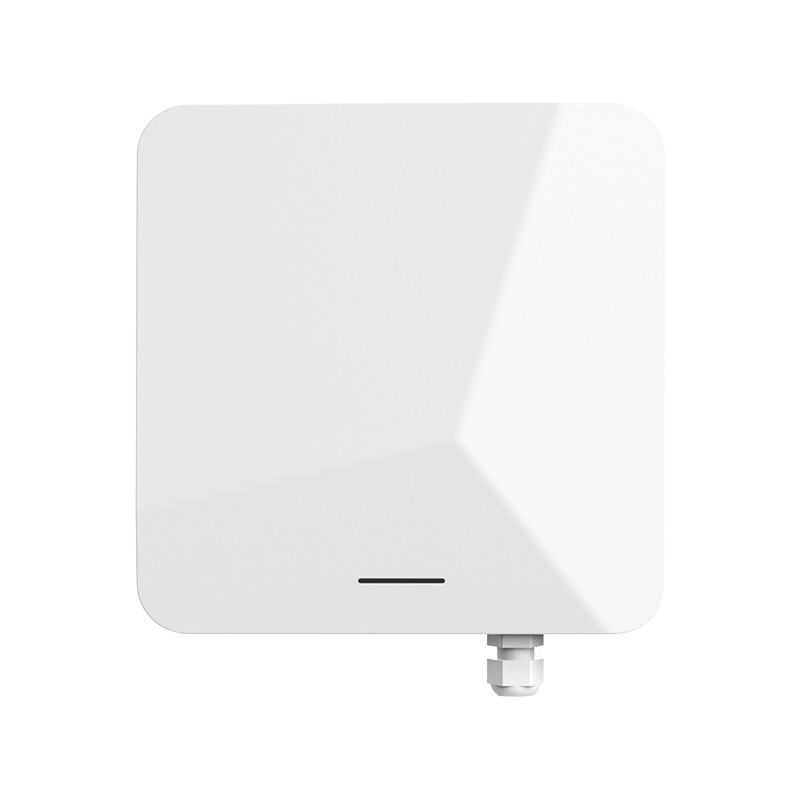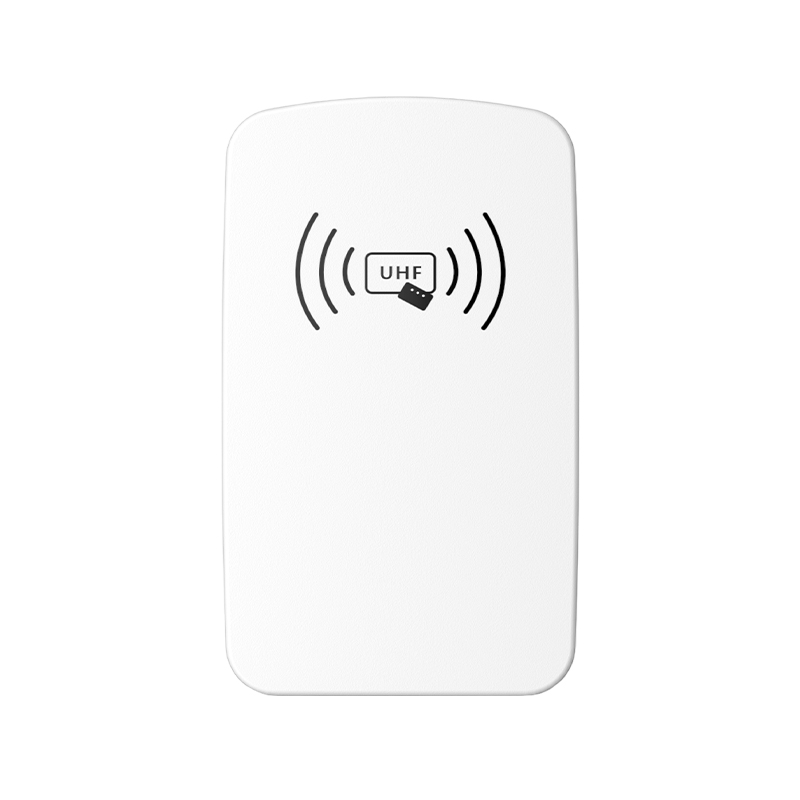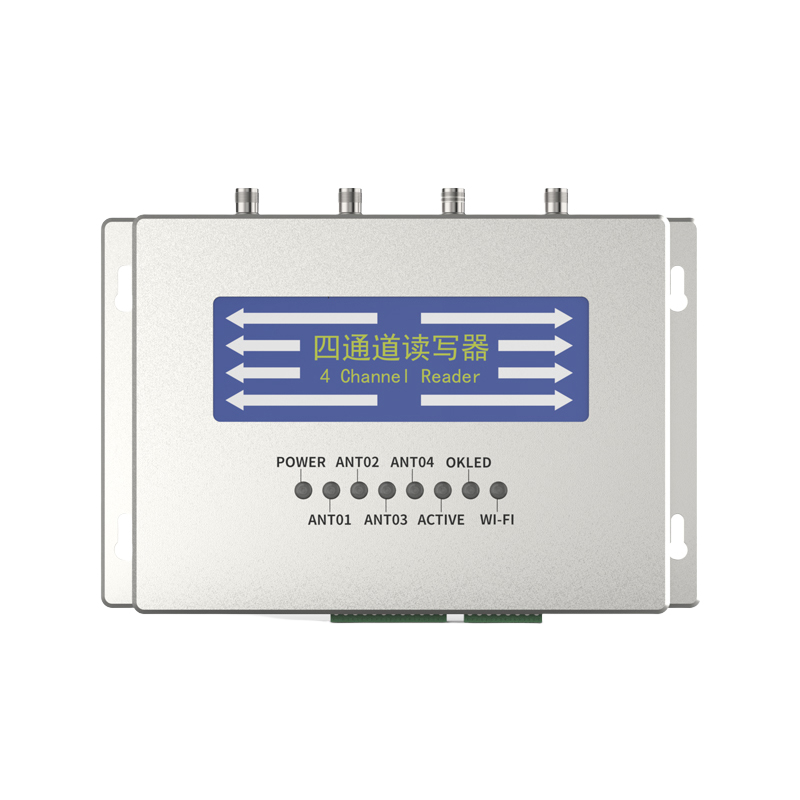How do desktop readers maintain long-term operational stability in continuous reading scenarios?
Release Time : 2025-10-17
In modern intelligent management scenarios, desktop readers are often deployed in applications requiring high-frequency, continuous recognition, such as smart filing cabinets, asset inventory registration, book loan systems, and personnel access management. In these applications, the devices often need to operate 24/7, continuously scanning electronic tags entering the sensing area for contactless, automated data collection. Faced with long-term, high-frequency continuous reading tasks, stability becomes a core performance metric. A reliable desktop reader must not only accurately identify tags upon initial startup but also maintain responsiveness, smooth communication, and zero downtime and packet loss over hours or even days of continuous operation.
The foundation for the desktop reader's long-term operational stability lies first and foremost in the reliability of its hardware design. The reader's internal circuitry features an optimized layout, and key components are industrial-grade, ensuring excellent temperature resistance and aging resistance. Continuous operation generates a certain amount of heat, making heat dissipation design crucial. Reasonable structural ventilation, the heat conduction provided by the metal shielding, and the use of low-power chips all work together to suppress excessive internal temperature buildup, preventing signal drift or component performance degradation caused by overheating. Furthermore, the power management module provides stable voltage output, preventing voltage fluctuations from causing system restarts or communication interruptions, ensuring that the core RF module is always in optimal working condition.
Secondly, the desktop reader's intelligent control of the RF processing mechanism is key to ensuring consistent recognition efficiency. In scenarios with densely populated tags, continuously transmitting signals at a fixed frequency by the reader not only increases system burden but can also lead to misreads or missed reads due to signal collisions. Advanced desktop readers feature a built-in intelligent anti-collision algorithm that dynamically adjusts the reading rhythm, optimally allocating resources while ensuring recognition integrity and avoiding processor overload. Furthermore, the device supports a cyclic reading mode with configurable intervals or trigger conditions, ensuring a balance between high efficiency and energy efficiency for the RF module, extending its operating endurance.
The desktop reader's software stability is also crucial. The reader firmware has been rigorously tested and includes an error recovery mechanism. When encountering brief communication failures or tag signal interference, the system doesn't crash directly. Instead, it automatically reconnects or reinitializes, quickly returning to normal operation. The optimized USB communication protocol ensures smooth data transmission with the host device, preventing connection loss due to buffer overflows or driver conflicts. This self-healing capability significantly enhances the robustness of the overall system for applications integrated into large-scale management systems.
In addition, the accompanying SDK provides support for long-term stable operation. Developers can use the interface to set reading modes, adjust power, monitor device status, and even perform remote diagnostics and parameter adjustments. This configurability enables the reader to dynamically optimize performance based on the actual usage environment, avoiding resource waste or recognition failures caused by fixed parameter mismatches.
Ultimately, the stability of the desktop reader is a comprehensive system-level performance. It doesn't rely on a single technological breakthrough, but rather the synergistic effect of hardware selection, circuit design, thermal management, RF control, and software logic. At library checkout counters, in smart cabinets in corporate archives, and on laboratory sample management racks, this compact device silently monitors, accurately capturing label information time and time again, transforming the dynamics of the physical world into a reliable digital record. It is this enduring and reliable operational capability that underpins the trust of automated management systems, making "unattended, automatic identification" a true reality.
The foundation for the desktop reader's long-term operational stability lies first and foremost in the reliability of its hardware design. The reader's internal circuitry features an optimized layout, and key components are industrial-grade, ensuring excellent temperature resistance and aging resistance. Continuous operation generates a certain amount of heat, making heat dissipation design crucial. Reasonable structural ventilation, the heat conduction provided by the metal shielding, and the use of low-power chips all work together to suppress excessive internal temperature buildup, preventing signal drift or component performance degradation caused by overheating. Furthermore, the power management module provides stable voltage output, preventing voltage fluctuations from causing system restarts or communication interruptions, ensuring that the core RF module is always in optimal working condition.
Secondly, the desktop reader's intelligent control of the RF processing mechanism is key to ensuring consistent recognition efficiency. In scenarios with densely populated tags, continuously transmitting signals at a fixed frequency by the reader not only increases system burden but can also lead to misreads or missed reads due to signal collisions. Advanced desktop readers feature a built-in intelligent anti-collision algorithm that dynamically adjusts the reading rhythm, optimally allocating resources while ensuring recognition integrity and avoiding processor overload. Furthermore, the device supports a cyclic reading mode with configurable intervals or trigger conditions, ensuring a balance between high efficiency and energy efficiency for the RF module, extending its operating endurance.
The desktop reader's software stability is also crucial. The reader firmware has been rigorously tested and includes an error recovery mechanism. When encountering brief communication failures or tag signal interference, the system doesn't crash directly. Instead, it automatically reconnects or reinitializes, quickly returning to normal operation. The optimized USB communication protocol ensures smooth data transmission with the host device, preventing connection loss due to buffer overflows or driver conflicts. This self-healing capability significantly enhances the robustness of the overall system for applications integrated into large-scale management systems.
In addition, the accompanying SDK provides support for long-term stable operation. Developers can use the interface to set reading modes, adjust power, monitor device status, and even perform remote diagnostics and parameter adjustments. This configurability enables the reader to dynamically optimize performance based on the actual usage environment, avoiding resource waste or recognition failures caused by fixed parameter mismatches.
Ultimately, the stability of the desktop reader is a comprehensive system-level performance. It doesn't rely on a single technological breakthrough, but rather the synergistic effect of hardware selection, circuit design, thermal management, RF control, and software logic. At library checkout counters, in smart cabinets in corporate archives, and on laboratory sample management racks, this compact device silently monitors, accurately capturing label information time and time again, transforming the dynamics of the physical world into a reliable digital record. It is this enduring and reliable operational capability that underpins the trust of automated management systems, making "unattended, automatic identification" a true reality.







